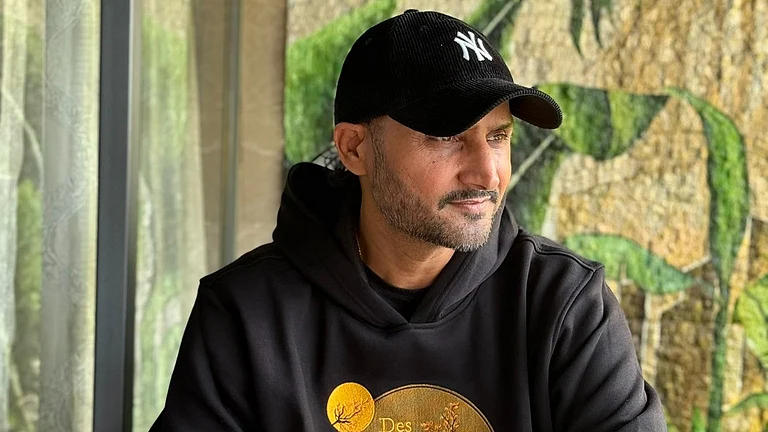In a deeply concerning picture for a country burdened with preventable blindness, India has just 15 ophthalmologists per million population—or one eye specialist for every 65,000 people.
The findings, from a comprehensive national survey by the All India Institute of Medical Sciences (AIIMS), Delhi, have raised alarm bells over the uneven distribution of eye care services and the widening gap between demand and delivery.
While India has made notable progress in expanding its eye-care network, the survey exposes an acute urban–rural divide and interstate disparities that threaten to derail the nation’s Vision 2020 goals aimed at eliminating avoidable blindness.
India is home to more than 20% of the world’s blind population and has the highest number of blind children globally.
The shortage of eye specialists is particularly severe in the populous states of Bihar, Uttar Pradesh, Jharkhand, and West Bengal, while the situation remains comparatively better in southern and western India.
The assessment, led by Dr. Praveen Vashist, Professor and Officer In-Charge, Community Ophthalmology, RP Centre, AIIMS, Delhi mapped the availability of human resources and infrastructure across 7,901 eye-care institutions. Of these, 70.6% were privately run, 15.6% belonged to the public sector, and 13.8% were managed by NGOs—a pattern that underscores the dominance of private providers in eye care delivery.
“There exists a wide network of eye hospitals, yet an uneven distribution of specialists and facilities continues to limit access—especially in rural and underserved regions,” Dr. Vashist said.
The study, titled “Human Resources and Infrastructure for Ophthalmic Services in India,” found 20,944 ophthalmologists and 17,849 optometrists at secondary and tertiary levels, yielding an optometrist-to-ophthalmologist ratio of 0.85, far below the Vision 2020 target of three paramedics per ophthalmologist.
To meet current needs, the country would require at least 25,000 ophthalmologists by 2030, the report noted.
The disparity across states is striking. Puducherry has 127 ophthalmologists per million people, while Ladakh has just two. Northern and eastern states—including Uttar Pradesh, Bihar, Madhya Pradesh, Assam, and West Bengal—show the lowest ratios, with Uttar Pradesh alone requiring an additional 2,464 ophthalmologists to meet Vision 2020 norms. In contrast, Delhi, Puducherry, Goa, and Maharashtra meet or even exceed recommended benchmarks.
A similar imbalance is seen in optometrist availability, with urban and southern regions better staffed than northern and rural areas.
Beyond manpower shortages, infrastructure deficiencies remain a major hurdle. Only 40.5% of the surveyed institutes offer 24-hour emergency eye services, while 87% have functional operation theatres. Merely 5.7% are equipped with eye banks for tissue processing and storage. On average, there are just 74 eye-care beds per million population, most concentrated in urban areas.
The study highlighted that financially lucrative services like refractive eye surgeries and low-vision services are more prevalent in private institutions, while charitable services, such as eye banking, are largely confined to the public and NGO sectors. “This pattern indicates a market-driven bias in the availability of specialised care,” the report observed.
Other authors of the study were Dr. Souvik Manna, Dr. Vivek Gupta, Dr. Noopur Gupta, Dr. Rohit Saxena, Dr. Surbhi Agrawal, Dr. Amit Bhardwaj, Dr. Suraj Singh Senjam, Dr. Namrata Sharma, and Dr. Radhika Tandon, all from RP Centre, AIIMS Delhi.
They noted subspecialty services also remain inadequate. While 91.5% of institutes offer cataract care and 71.5% provide glaucoma services, advanced procedures such as vitreoretinal surgery, keratoplasty, oculoplasty, and paediatric ophthalmology are limited. Only 2,180 centres in the country provide paediatric eye surgery under general anaesthesia, or roughly one per 6.3 lakh people.
In comparison, low-income countries average 3.7 ophthalmologists per million population, while high-income nations report 76.2 per million—ranging from 14 in the UAE to 183 in Greece. India’s current figure, though better than many low-income peers, remains far below the requirement for a population of 1.4 billion.
Dr. Vashist underscored the urgency of a coordinated, multi-sectoral approach. “Strengthening human resources and infrastructure—particularly paediatric and emergency services—is the need of the hour. We must promote government–NGO–private partnerships for equitable resource allocation, data-driven planning, and robust monitoring,” he said.
India accounts for over one-fifth of the world’s blind population and bears the highest burden of blind children globally. According to the International Agency for the Prevention of Blindness (IAPB), visual impairment inflicts an economic loss of nearly USD 54.4 billion annually, or 0.6% of the GDP, as vision loss drives millions out of the workforce and plunges families into economic hardship.
For a nation aspiring to become a Viksit Bharat (developed India), such shortfalls in essential health services and human resources present a serious challenge to its vision of inclusive and equitable development.
Experts say that closing these gaps demands a coordinated national strategy anchored in the Vision 2020 framework—one that not only scales up services but ensures that quality eye care reaches every district and village.


























